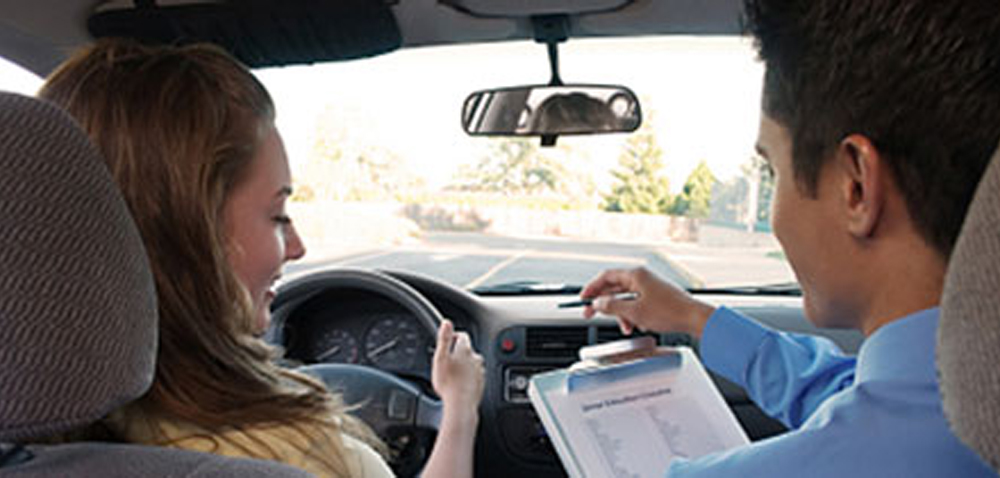California Driver’s Ed Laws: What You Need to Know Before You Start

Going from being a passenger to a driver on California’s highways is an entirely new experience. However, teens must complete coursework before getting their first provisional driver’s license. This course teaches the most important knowledge and skills that new drivers need. Let’s have a look at California driver education requirements.
What Are The Benefits Of Driver’s Education?
Under the California DMV teen driving laws, any youngster who wants to drive and is between the ages of 15 ½ and 17 ½ must complete driver education courses. They can
- Teach how to drive safely in different situations, including city traffic, steep hills, and highway merging.
- Teach defensive driving practices, such as keeping a safe following distance and constantly scanning the road ahead.
- Help gain confidence in driving.
- Get ready for the California driving test.
- Negotiate lower premiums with insurance providers.
- Get a handle on traffic rules and regulations, car maintenance, and safe road sharing.
Teen Drivers Education Requirements in California
California teen driver laws require teen drivers to finish a driver’s education program before getting their provisional license. This ensures that they are prepared to drive safely.
- Attending Hours
Public or private high schools and driving schools certified by the state are acceptable institutions for completing the driver education courses required to get a California driving license.
California driver’s ed courses are 30 hours long, and you must finish them before legally driving alone. When you apply for your driver’s license, you must carry a certificate of completion.
- Supervised Driving
Before applying for a temporary license, young drivers must complete the official driver’s education requirements and 50 hours of supervised driving.
For the California provisional license requirements, you can count every time you drive with a passenger at least 25 years old towards your 50-hour requirement. Your parent or guardian must sign a document attesting that you have completed fifty hours of driving practice, ten of which must be conducted at night before you can apply for your provisional license.
The state even provides an optional log form to track practice hours behind the wheel.
- Age
The minimum age for driver education in California is 15 ½ years old. They must prepare to apply on the first day they become eligible.
Underage drivers in California must finish a driver education program that promotes safe driving practices and familiarity with traffic laws. They can take these classes at a professional driving school or as part of their high school curriculum. Before joining, ensure that the driving school is state-licensed and has a preapproved curriculum.
- Curriculum
California teen drivers must take driver education classes to reduce the number of accidents and traffic citations they receive. The course covers traffic regulations, safe driving practices, driver obligations, and accident prevention.
According to driver education legal requirements in California, the minimum required amount of film or video for a driving education course is 100 minutes. Caution: These movies might feature disturbing sights from accidents. Parents and teens should contact the school by phone to discuss the video content.
Must Read: Understanding California’s DMV-Licensed Online Driver’s Ed: A Complete Guide
- Getting Behind The Wheel
Under California law, there is another requirement for teen driver education. Teens should get behind the wheel and get experience, not just theoretical understanding. According to California DMV driver ed laws, candidates must show they have had a minimum of 6 hours of behind-the-wheel training from a certified driving school. High school drivers education programs might demand more hands-on practice behind the wheel.
As per the DMV driver education regulations in California, daily driver education sessions cannot exceed two hours.
During these driving sessions, the instructor would go over the topics such as:
- Giving other drivers signals
- Reversing the car
- Making left and U-turns
- Right-of-way at stoplights and traffic lights
- Two types of parking: parallel and hillside
- Determine which highway lane is best for your travels
- Driving on highways
Knowing exactly what’s required for California driver’s permit eligibility is crucial for young drivers, who must be ready for their provisional license.
The Bottom Line
California driver education requirements ensure that teenage drivers receive lots of experience behind the wheel before getting their provisional license. The more time you put into practicing safe driving, the better.
Economic Driving School is here to help you get a driver’s education that isn’t too complicated. Our mission as a state-approved driving school is to make getting your driving license enjoyable and easy. Enroll with us to get access to engaging content, interactive lessons, and expert guidance.
Frequently Asked Questions
1. What is California’s Driver Education requirement?
All new drivers under 18 in California must complete a driving education course, which includes classroom and behind-the-wheel training. The course must include 30 hours of classroom and 6 hours of behind-the-wheel training.
2 . At what age can I start California Driver’s Ed?
You can start Driver’s Ed at 15 ½ with a valid learner’s permit. Applicants must be 16 or older to get a provisional license.
3. Can I take Driver’s Ed online?
California allows online Driver’s Education program. It should be DMV-approved.
4 . At what age can you get a learner’s permit?
To get a California learner’s permit, you must be 15 ½ years old and have completed a driver’s education course.
5 . How many driving hours do new drivers need?
New drivers must also undergo 6 hours of behind-the-wheel training with a licensed instructor after 30 hours of classroom instruction.

